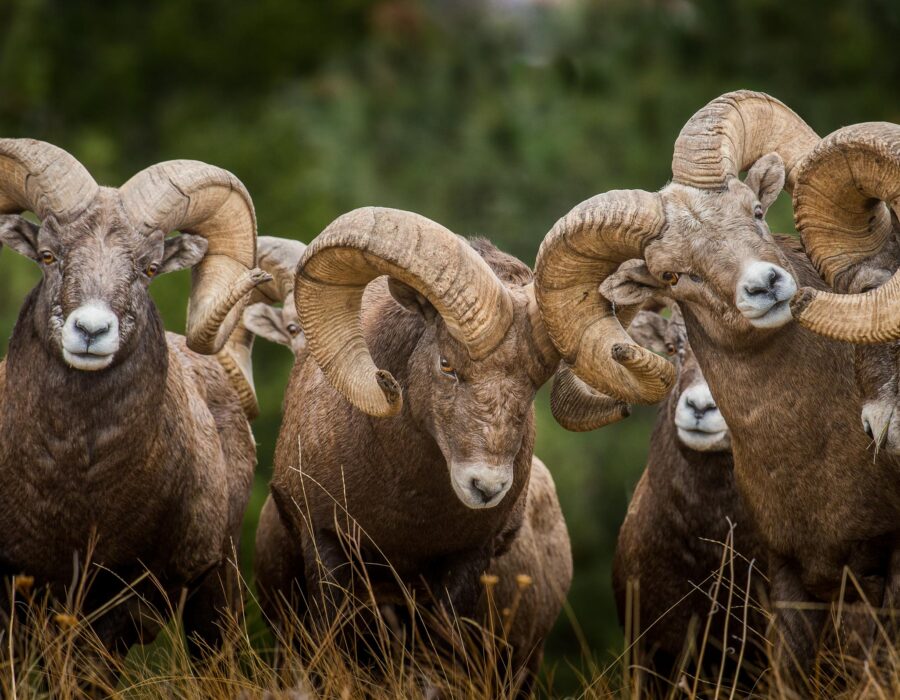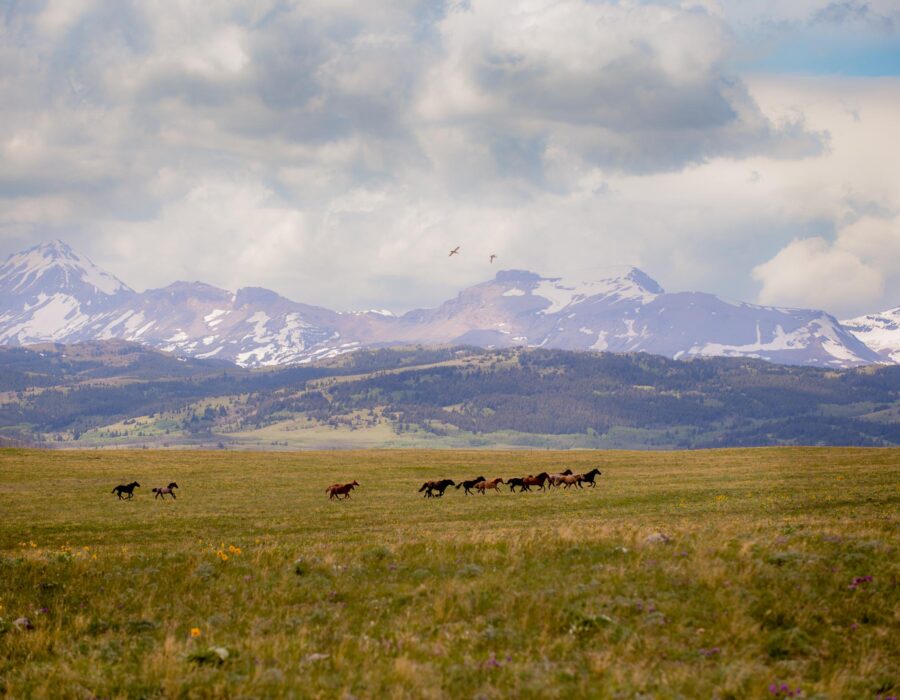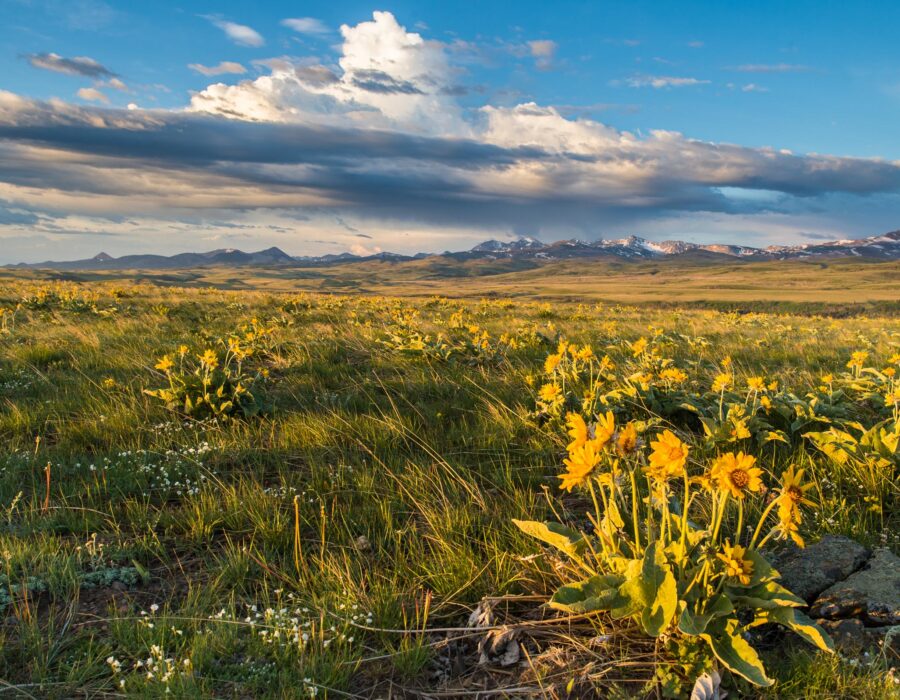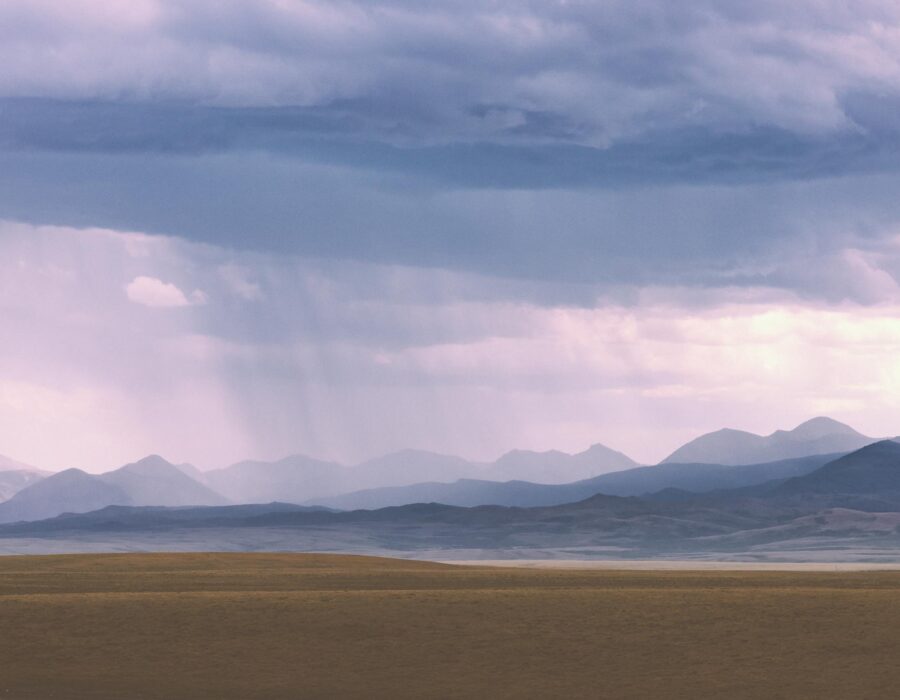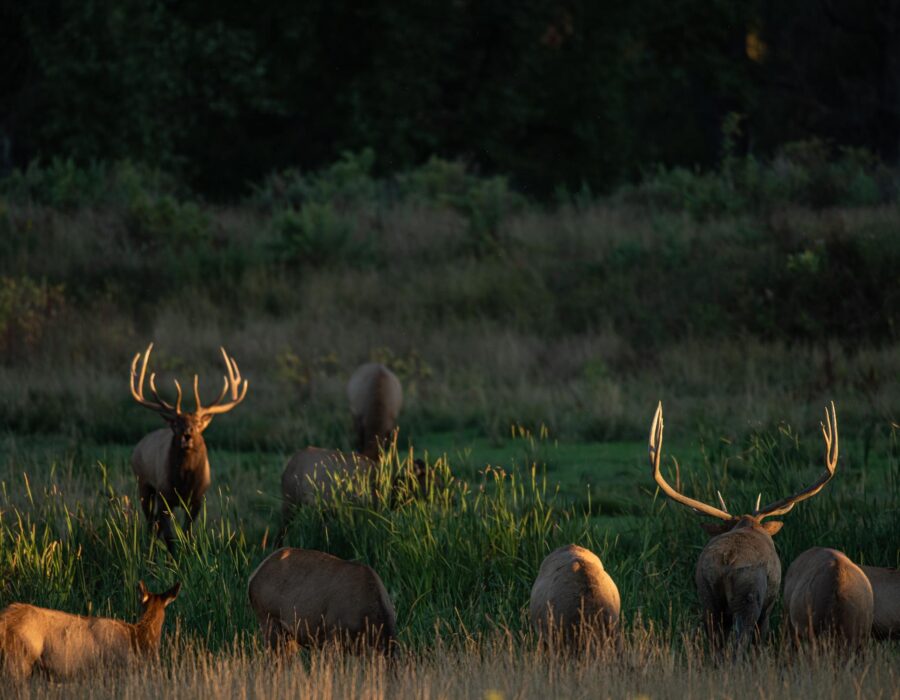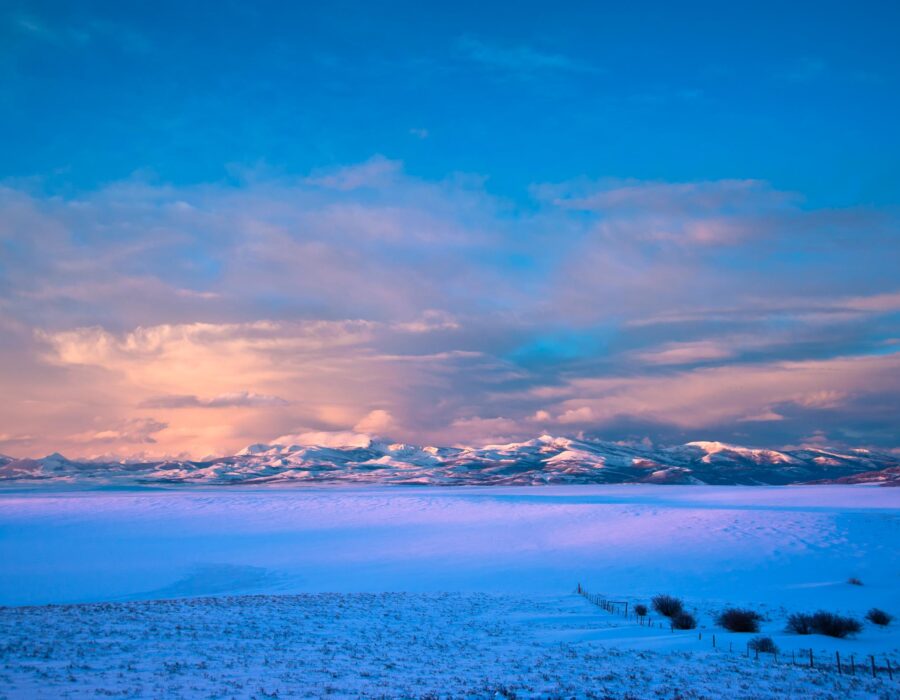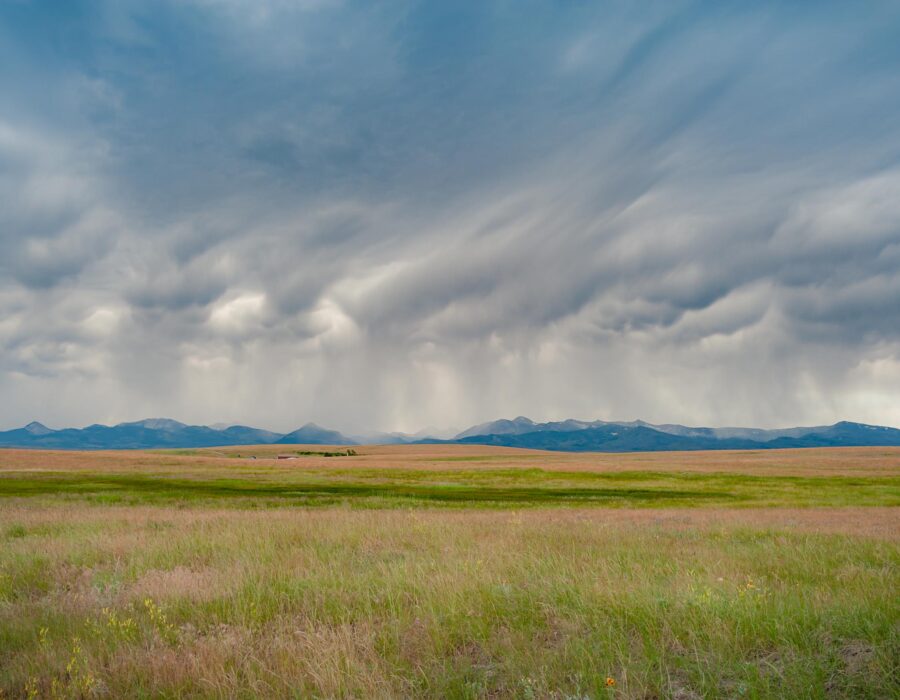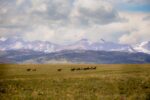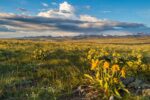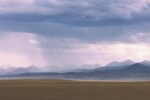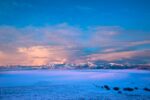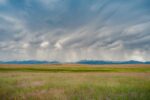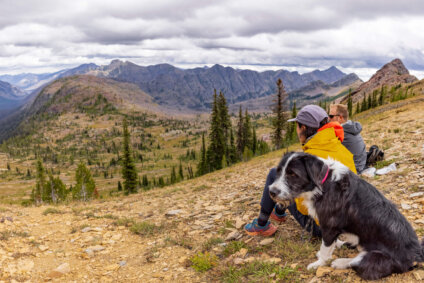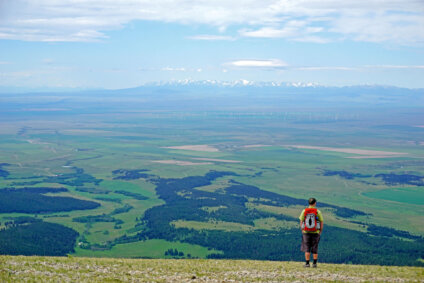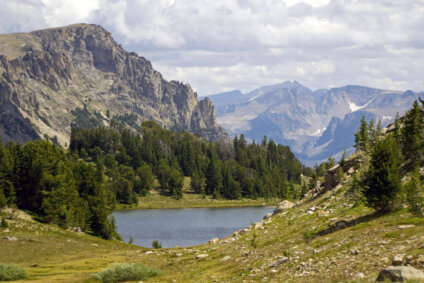Conservation Photographer Tony Bynum on Doing the Work
An indigenous storyteller examines the intersection of science, media, and advocacy
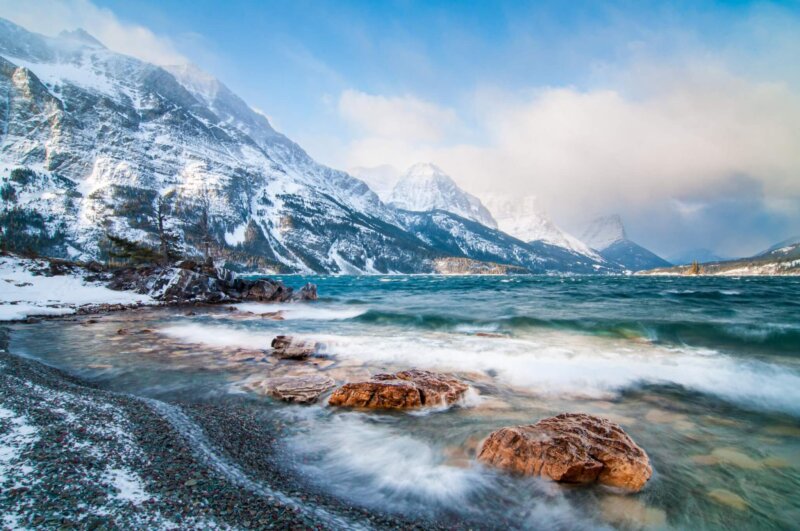
Tony Bynum is a professional outdoor photographer and conservationist based in East Glacier, Montana. Bynum worked as an environmental scientist and resource manager for federal, tribal, state, and private entities and nonprofits for 20 years before becoming a media professional. Bynum’s images can be found in magazines, newspapers, books, and galleries across the country, and he’s traveled the world creating images for some of the biggest brands in the outdoor space.
Your motto is “Don’t just love something, do something for it.” How did you arrive at that philosophy?
It’s taken a long time to figure out what I’m up to and condense it to a few words. Historically, policies and perceptions were changed by photographs, but that’s not enough. It combines a business and a service with intent. My intention is to help things, not to make things worse or dilapidated or go backwards.
Tell me about the intersection of photography and conservation.
The photography captures these moments of time when something existed the way it does. I can’t predict the future, but I think we can make some informed guesses about what might happen in the future. Photography can create a historical legacy in places that we think are important and maybe beautiful, but are likely to change in the future as a result of what we’re doing today or for the past 100 years.
For example, when I took on the task of recording the development of the Rocky Mountain Front, I anticipated it changing much more than it did. I anticipated the second discovery of fossil fuels, so I set out to build a record of what the Rocky Mountain Front looked like in 2010 to 2015 in the event that 300 years later someone could answer the question, “What did this landscape look like? What are we going to restore it to?” You can’t do that without visuals and data. In that project, the places I photographed are cataloged with GPS so someone can go there in 300 years and find that exact place.
You’re both a scientist and an enrolled member of the Confederated Tribes of Grand Ronde. How do those identities inform your work?
It’s very challenging. It makes me look for things that are not on the diagram. It makes me focus on things that aren’t on the line. Scientists like to do a random sample, but it’s only random because you don’t know enough to put the parts together. You get data and plot a graph and say the dots are the answer, but I think it’s the opposite. My feeling is that the points on the edges are where there’s the most important information. It’s the variables, where you find a plant growing where it shouldn’t be growing, or a bird 500 miles from the mean. That’s where I put my time and energy, with humans, wildlife, and my business. There is a story, no matter what.
Another good example is the word for water or the movement of water in a river. Different languages have words that describe the entire complexity that the English language can’t deal with in a paragraph. On the one hand, you learn through education and experience that there’s a way to make an argument to congress, like how do we protect grizzlies with the Endangered Species Act. But there are other rules that are unwritten and we don’t talk about them because they’re not defensible. That one plant living on that one rock might be the most important example of that species, but we disregard it. My professional life mostly operated in the scientific world, but now I choose to operate in both worlds.
Photography can be like science, in that each frame documents one version of a place or moment, cut off from everything around it. How do you break through the frame to tell a bigger story?
Emotion and tension. Those elements move it from a snapshot to something more powerful. I put out some new photos of elk this fall. I said these photos will change how you think about elk. Someone wrote back that they could smell the elk in those photographs. How is that? They went from a photograph to an experience because of the tension and emotion. The more you know about your subject the better your images will be because you can tell a story. My excitement about photographing these elk was extreme. It was the first time I’ve photographed elk interacting in a natural way in an old burn. My emotions were high. I’d never seen this elk activity. I’m looking for the dots in the graph that are not in the center, like where this animal does this activity we don’t see. I like to think when it comes to wildlife that’s what I’m known for. In the good stuff I’ve done, it’s a story. I have lots of great pictures, but where it really lives is in the storytelling. That’s a shared or common value. Never mind what’s going on in the rest of the world, it’s all about what I’m doing right now and blocking out everything else to only focus on this one thing. It takes tunnel vision, and it’s enormously exhausting.
I was photographing a sow grizzly with two young-of-the-year cubs. I was low to the ground with my camera, and more photographers were behind me. We were right next to the highway, and my truck was close. We were familiar with this bear. She’d been photographed with cubs many times over the past dozen years. I’d focused for an hour to get the right photo. No sooner did I look down at the back of my camera than she charged. By the time I figured out what was going on, it was too late. The guys behind me got behind my truck or in the truck, and I was by myself. My concentration lapsed long enough to look at the back of the camera, and she bluff-charged and was already by me. She could have easily killed me. I no longer pursue grizzly bears like that, and I don’t advocate that people do it. Not so much because of the danger to oneself but because of the threat to the bears. The other photographers and I would be to blame if she had gotten hold of one of us; indeed, she and her cubs would have been euthanized. I changed my business to exclude pursuing grizzly bears. I also no longer target baby animals when other photographers are around. A group of photographers photographing a young animal within a month of being born is the worst thing we can do because that’s when they’re most vulnerable.
What conservation issues or wild places are important to you? What motivates your work?
Where I live. Montana. The Rocky Mountains. The Badger-Two Medicine. I’ve done this all over the world. I’ve photographed wildlife and experiences from Kyrgyzstan to South America, but I care most about the prairie. Those places that, for most people, seem to have nothing. Places where people say, “It’s just BLM land.” As you learn about them and spend time in them, they are more ecologically complex than a forest. That’s the part of the world I like the most and where we have a lot to lose, and it’s the same feeling around the world.
Do you have advice for photographers?
Love it, but do something for it. It’s not enough for me to go and capitalize on this beautiful planet we have without doing something for it. You have to do something for it.
Enter the Picture Wild Montana Photo Contest
We want to see your best shots of Montana’s wild public lands and waters. Enter to win prizes – including a $300 grand prize!
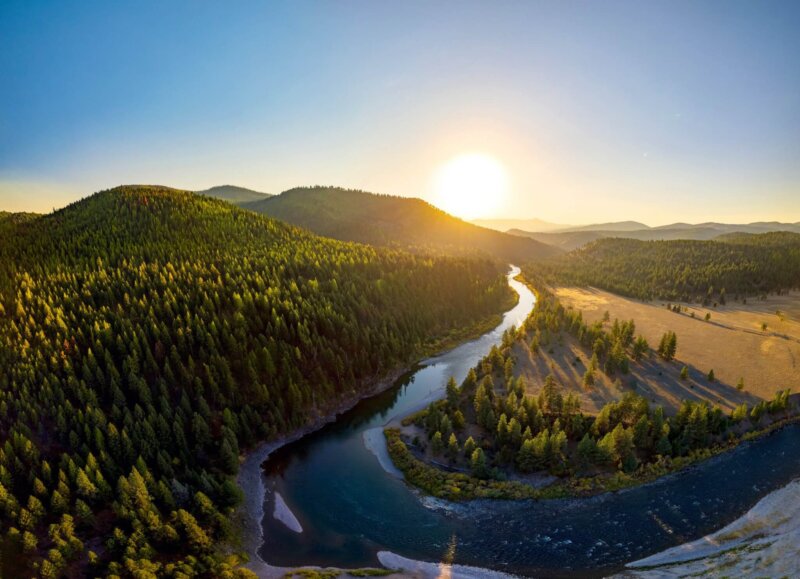
Stay Connected
"(Required)" indicates required fields
